When selecting a powder, you should take into consideration load density. Density is how much space will be left for air when the powder is poured into the cartridge. There needs to be sufficient room for the explosion to perform properly, and most factory powders will have a listed density somewhere between 80 and 90%.
It is generally recommended that anyone reloading should not try to exceed 95% load density because the primers need room to flame through the powder, which will result in more consistent pressure and bullet velocity.
It is also recommended that density should not go below 80%. This is because low load density causes the point of peak pressure to move towards the muzzle and velocity will drop. Low load density can also allow the powder to shift in the cartridge, causing inconsistent pressures.
In the end, gunpowder density will factor into how much powder should be used for a given load. It is an important characteristic of the gunpowder and should be considered whenever you are reloading ammunition for any purpose. Density will impact the performance and is heavily influenced by the shape of the granules.

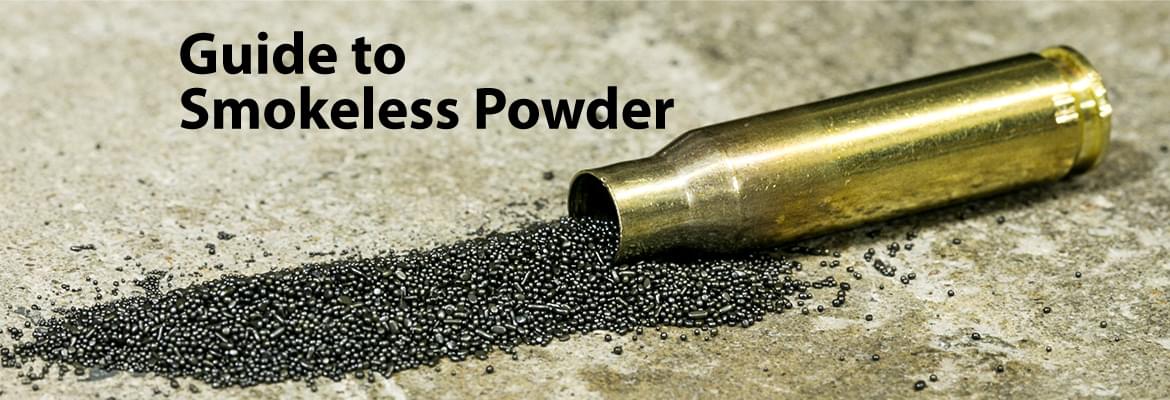
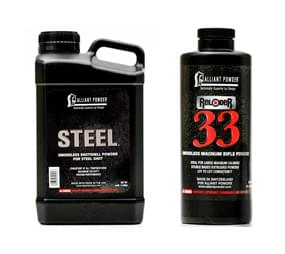
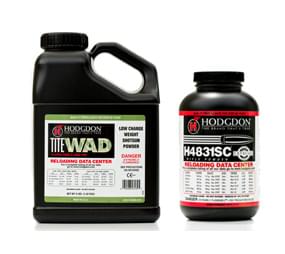
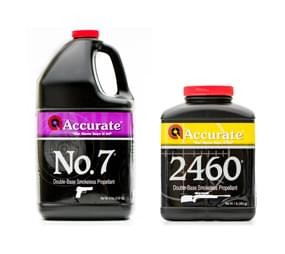
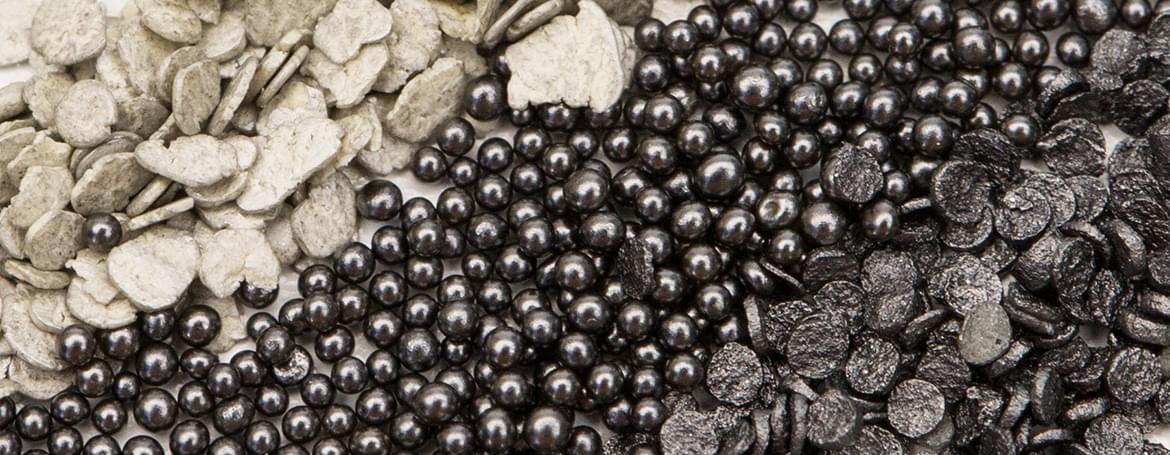
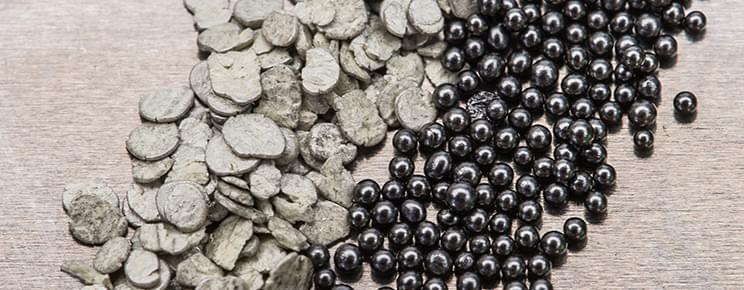
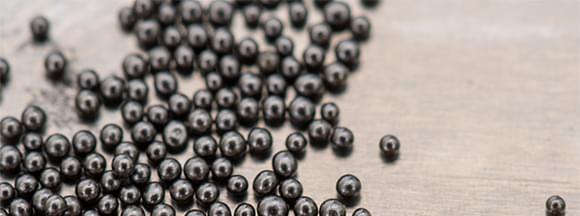
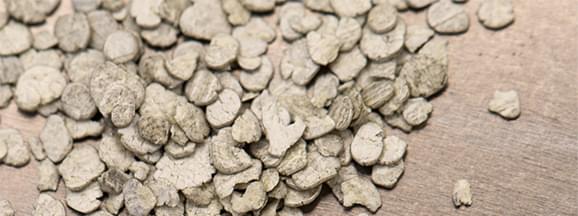
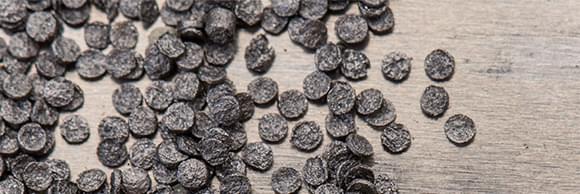
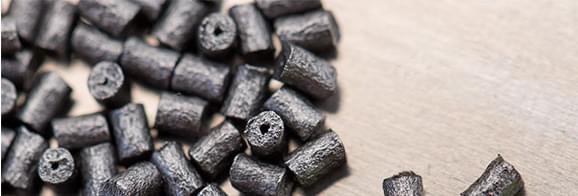
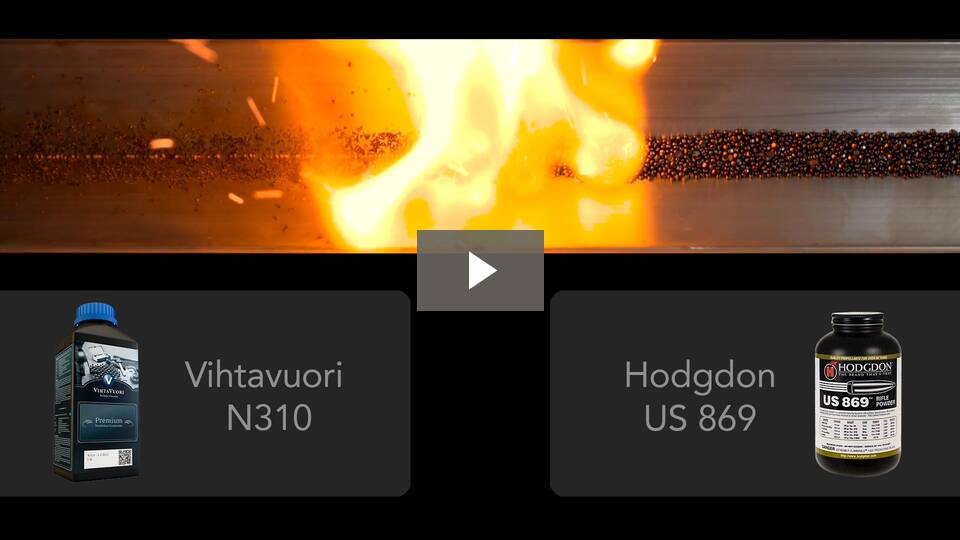
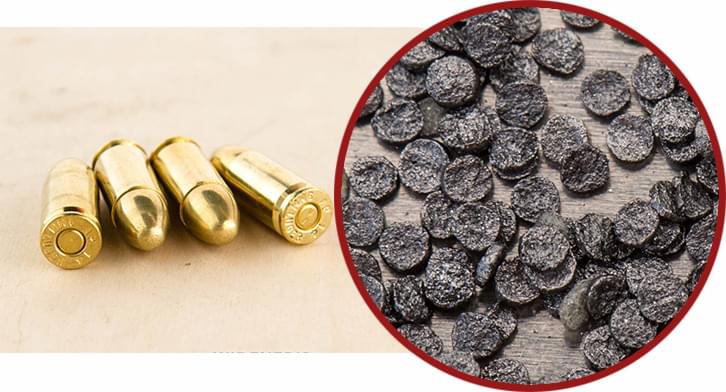
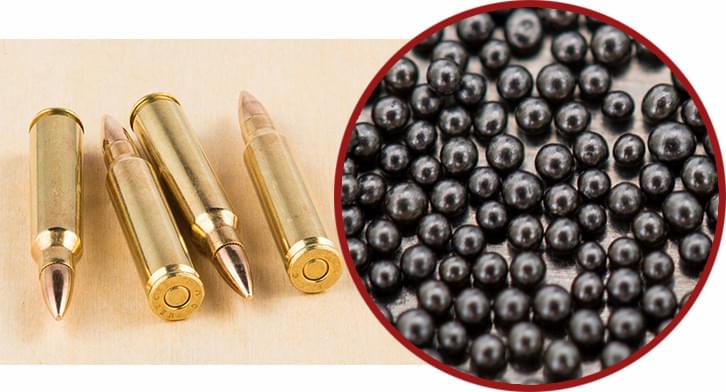
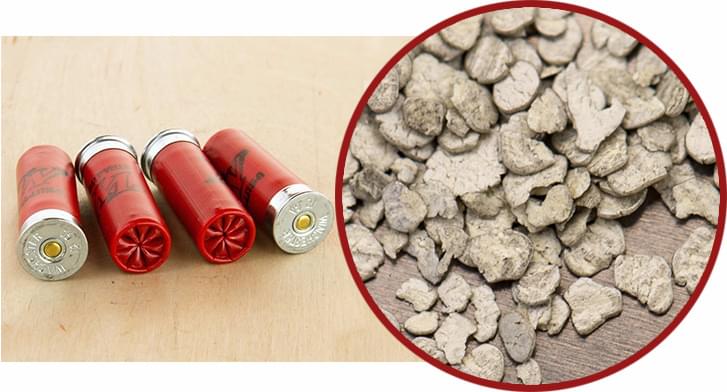

Facebook Comments